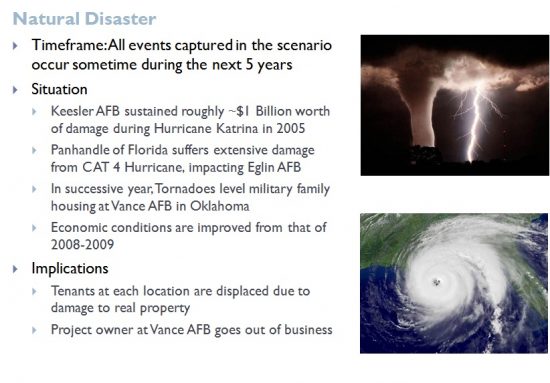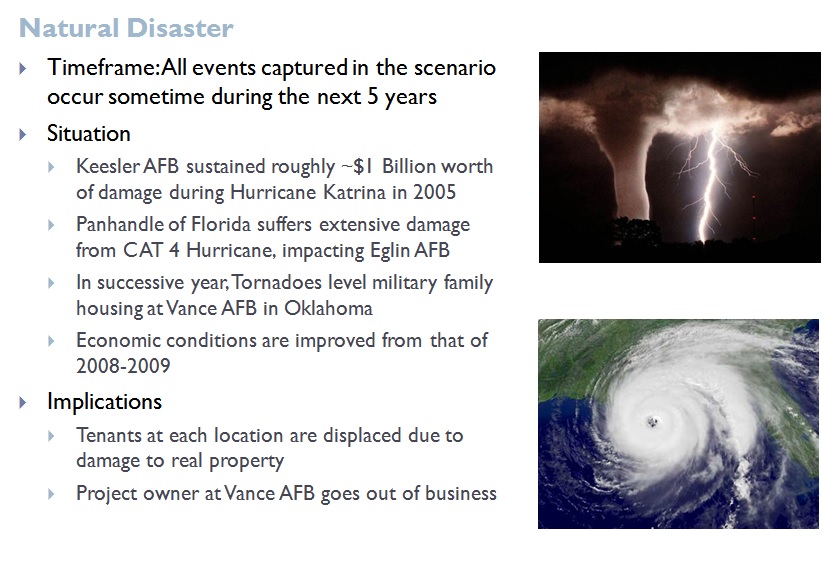Pre-COVID. Boss to Employee: “We don’t have time to plan right now — we need to get work done.
Post-COVID. Boss to employee: “We need to plan right now, or we won’t have any work to get done.
Planning…
That must be one of the scariest words in the Business Dictionary.
Why?
Because, so many shy away from it.
By this Friday, we are expecting it to start raining here in San Antonio TX. It’s forecasted to rain for the next seven days.
That means flooding.
I turned to my wife last night, after looking that the weather report, and said, “We’ll need to get the Flooding Checklist out.”
Is just one of our ‘plans’ that makes sure we are as prepared for the worst as possible.
You do that when you run a business. Ours is a 100-acre horse farm with 40 horses on property.
We didn’t have a “Pandemic Checklist.”
But, almost three months ago, we did pull out our Disaster Preparedness Plan and developed a list of actions.
These actions kept our business moving forward and helped since I was laid off on April 20th.
Did you plan for COVID?
Were you ready for COVID?
What are you doing Right Now about planning for the next crisis.
#success #incubator #business #coaching #consultants
#planning


 Many people start their own business for a variety of reasons: extra income, want to be their own boss, freedom of when and when not to work, stay at home parent, and a whole host of other reasons. However, many of these businesses fail over time, often because the owner didn’t document, follow, and constantly update a strategic business plan. The often overlooked and seldom thought about aspects of any strategic and business plan, is deep down, why you’re doing what you’re doing and where you want it to go — the mission and vision. Sure, many companies have an idea and even some of them they write it down. But, how good are these statements for your company?
Many people start their own business for a variety of reasons: extra income, want to be their own boss, freedom of when and when not to work, stay at home parent, and a whole host of other reasons. However, many of these businesses fail over time, often because the owner didn’t document, follow, and constantly update a strategic business plan. The often overlooked and seldom thought about aspects of any strategic and business plan, is deep down, why you’re doing what you’re doing and where you want it to go — the mission and vision. Sure, many companies have an idea and even some of them they write it down. But, how good are these statements for your company?


